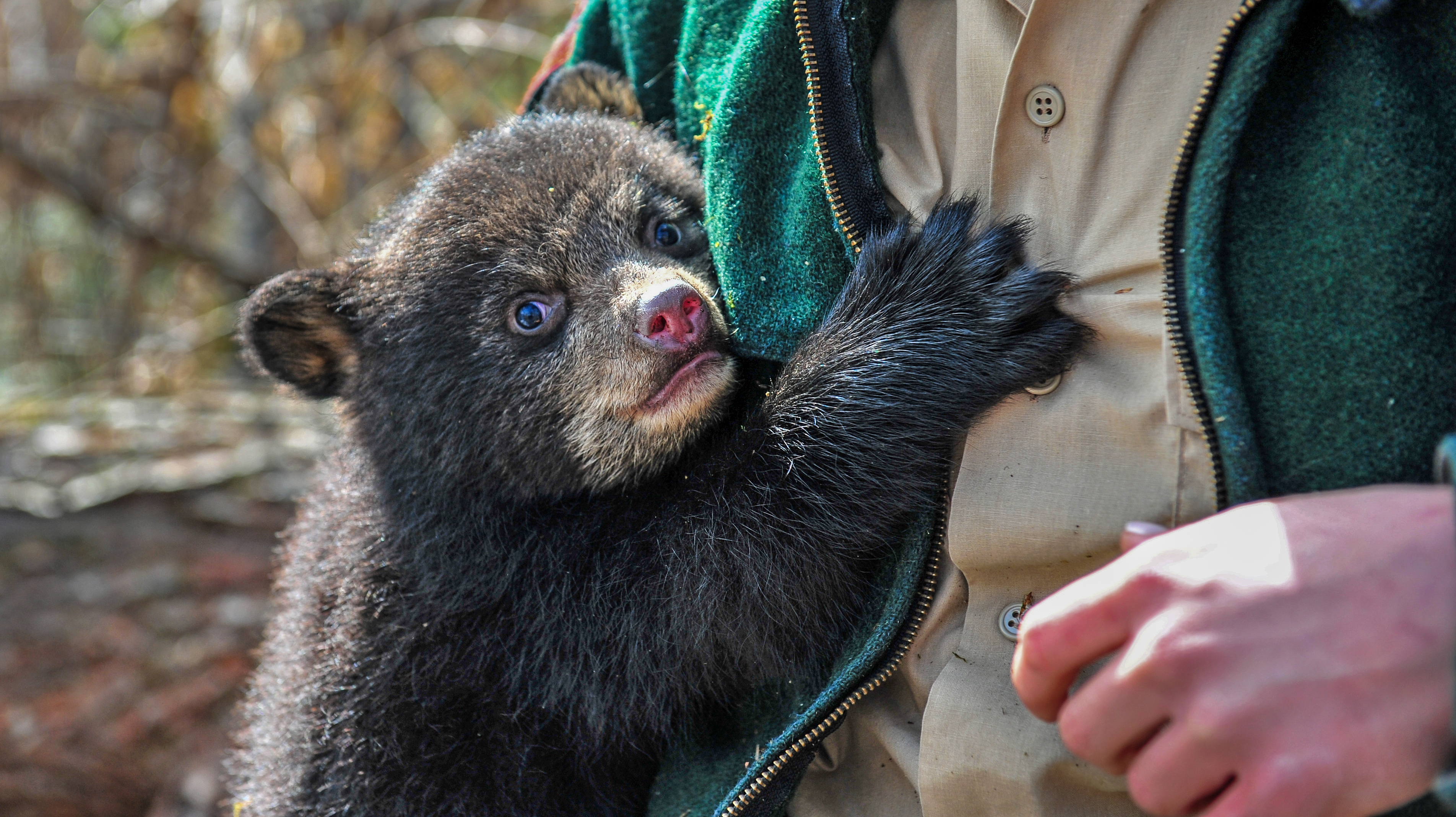
BIOLOGY
Three species of bear live in North America. The white bear of the arctic regions, the Polar Bear (Ursus maritimus), which lives much of its life traveling on sea ice and hunting seals, is considered the largest of all bear species. Some of the largest of these bears weigh more than 1,700 pounds (over 800 kilograms). Polar Bears have a circumpolar distribution (that is, they live all around the globe near the north pole).
The Brown Bear (Ursus arctos) is often referred to as a Grizzly Bear in the United States. These bears also live generally farther north than most Black Bears and south of the Polar Bears where more open terrain can be found. The famous Russian bear is the same species as the Grizzly of the Rocky Mountains in the western US. Some of the largest of the Brown Bears feast on salmon from rivers along the Pacific Coast and can weigh up to 1500 pounds (700kg).
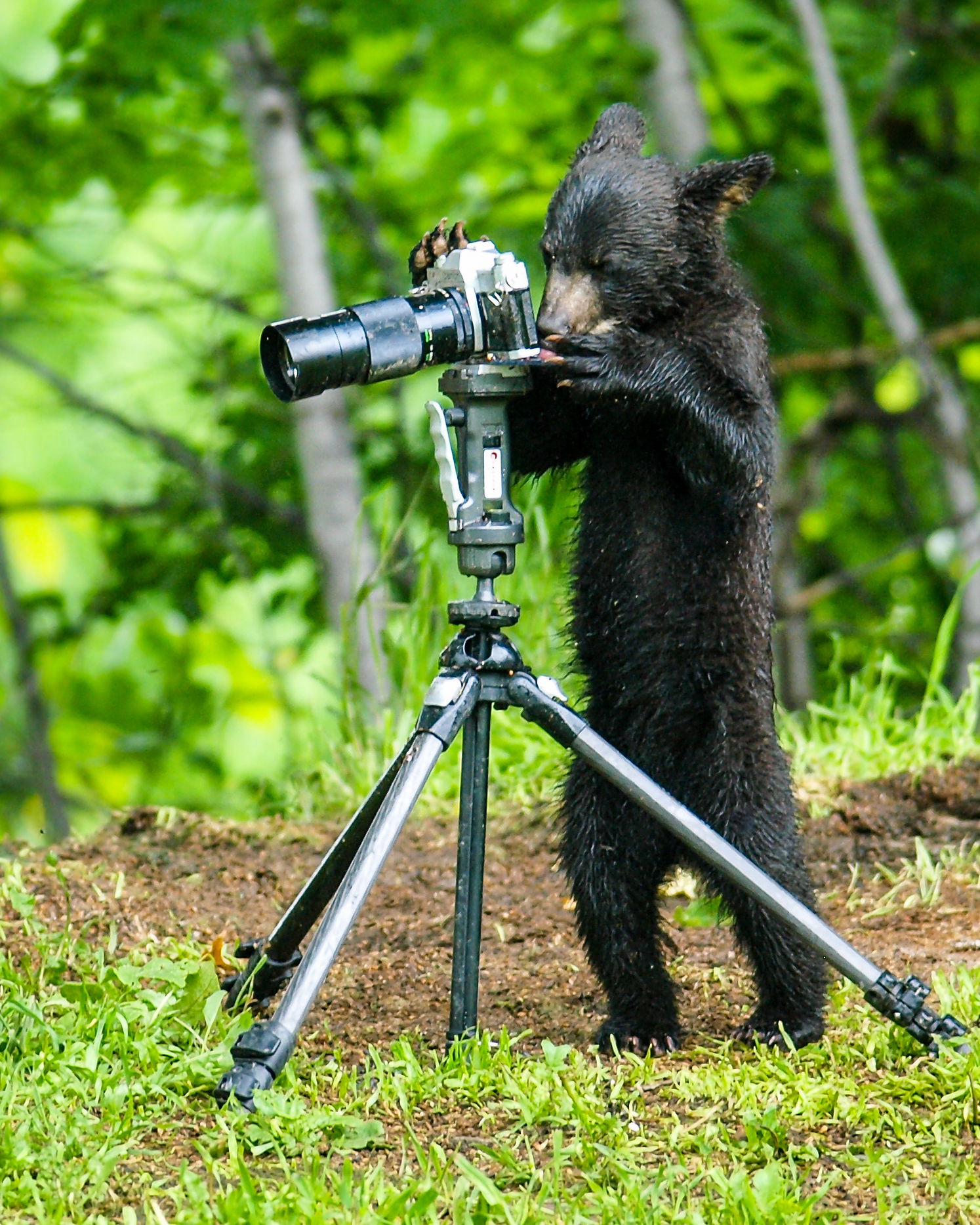
Black Bears (Ursus americanus) are smaller in size than their ursine neighbors, the Brown Bear and Polar Bear. Large adult males may weigh over 700 pounds at peak weight in the fall but most are under 400 pounds and females rarely exceed 300 pounds. They are only found in North America although similar species are found in Asia and South America. While Black Bears in the eastern US are almost always black in color, many living in the more open habitats in the western parts of the continent vary in color from different shades of blonde, red or brown. In fact, roughly a third of a population of Black Bear living on an island off Canada’s British Columbia coast are white in color. These white bears are referred to as Spirit Bears by the indigenous tribes of the area.
All three species of bear in North America are long-lived with some reaching ages of 30 years or more. Female Black Bears in Maine produce their first cubs at four or five years old and then produce litters of one to four cubs every other year until their mid-twenties. Cubs spend about 16 months with their mothers before separating from her. They live a solitary life except for brief periods when a male and female will travel together during breeding season (primarily during the month of June in Maine).
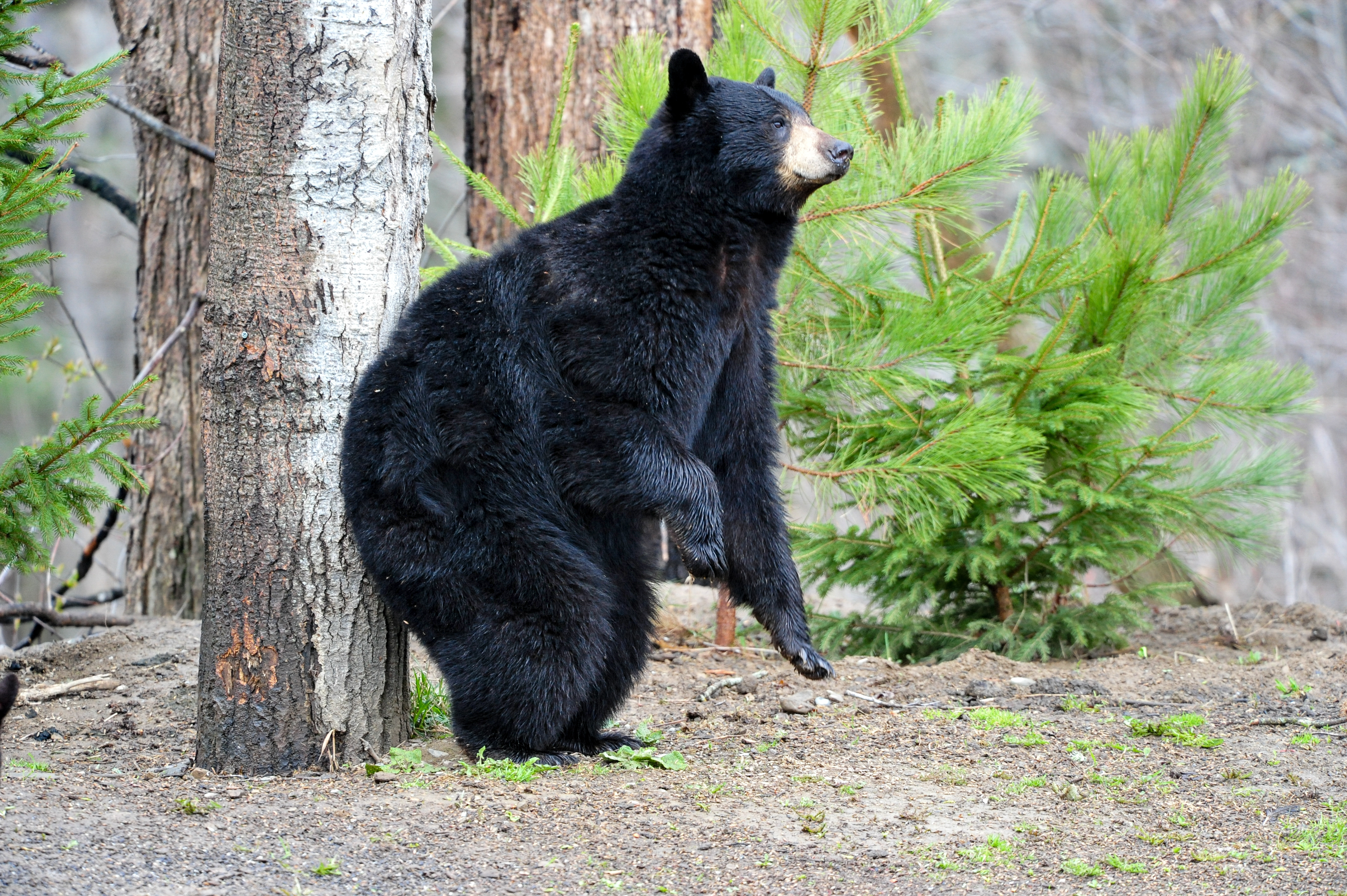
Despite their large size, a Black Bear’s diet consists primarily of vegetative origin with meat and insects (ants and other colonial insects and their larvae) only making up about 20% of their diet. Green vegetation such as sedges, grasses and other forbs are prominent early in the feeding season followed by soft mast (a wide assortment of berries) and ending with hard mast (nuts). Predation in the state of Maine is restricted primarily to very young deer fawns and moose calves in the early spring, and it is likely that scavenging winter-killed deer and moose contributes as much to their diet as predation.
Female Black Bears have a relatively small home range (about three miles or five km across) in which they spend most of their entire lives. In fact, most females rarely venture more than five miles from where they were born. Males, on the other hand, leave their mother’s home range when they are two or three years old and rarely are found within five miles (or about eight km) of their birth place after dispersal. Males also have expansive home ranges that encompass the home ranges of many females.
In Maine, the feeding season lasts around seven months with a five month long denning period. Snow during this winter period often exceeds six feet (two meters) deep. While denning, they don’t eat, drink, urinate or defecate. This is a physiological marvel which is unique to bears and is unmatched by any other mammal (this is a different process from other hibernators). They reduce their energy demands by lowering their body temperature up to 10 degrees and reducing their heart rate to eight beats per minute along with two breaths per minute. They also build muscle mass while utilizing fat reserves by recycling components of urine to the building blocks of protein and reassembling the components into muscle tissue.
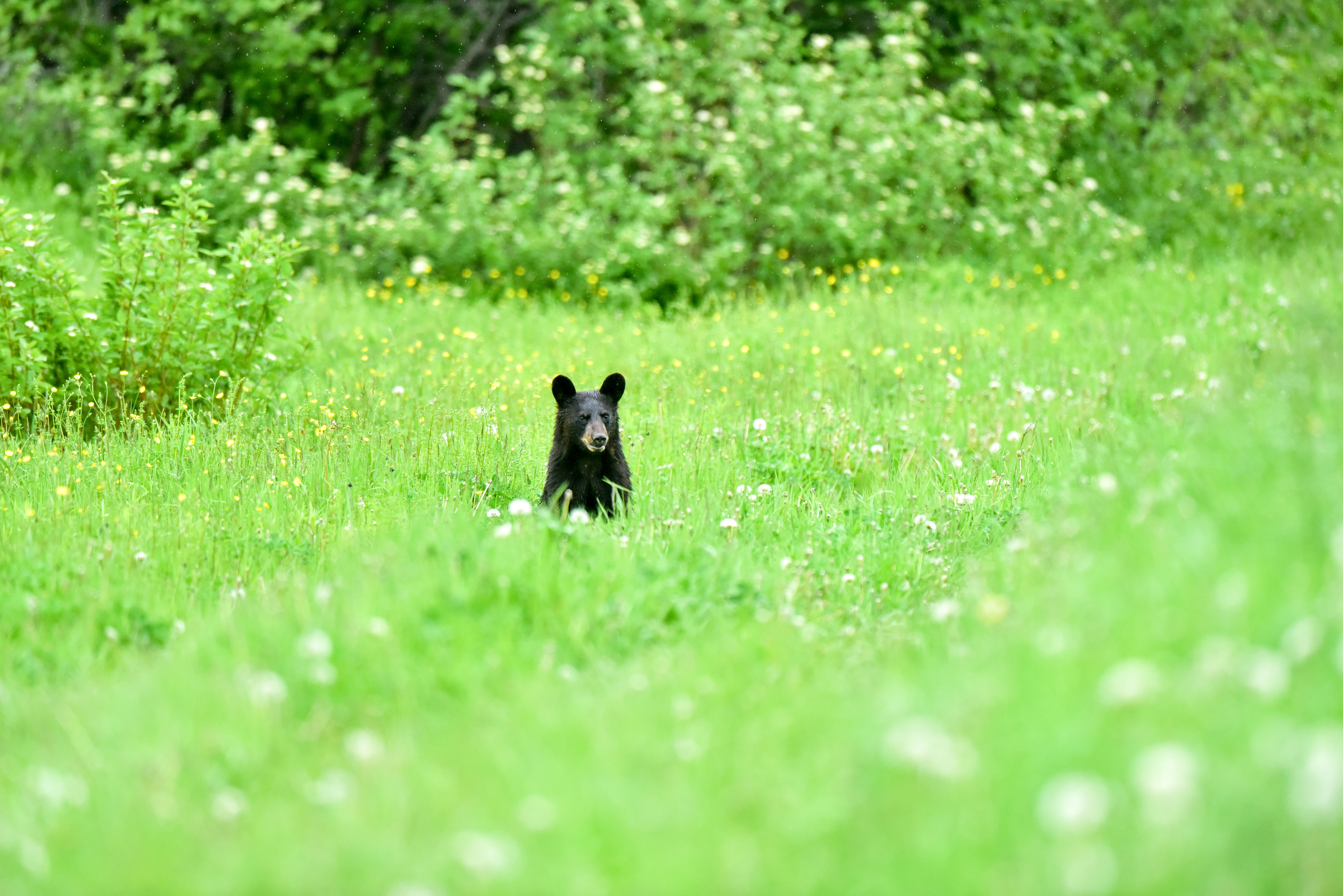
Range
Black Bears are generally found across North America wherever sufficient forested land exists. Their range spans from the tree line in northern Quebec to Florida in the east and Alaska to central Mexico in the west. They are truly a forest animal, so the open plains are not suitable for this forest animal. Historically, they were extirpated from many portions of their former range through extensive clearing of forest land and unrestricted hunting. Black Bears are returning to much of their former range and populations are expanding in most of their range.
As in other regions up and down the east coast of the US, early settlers in central and southern coastal Maine cleared land for agricultural purposes and sought to eliminate bears to protect crops and livestock. Interior portions of the state remained well forested and provided excellent habitat for a healthy population of bears that persists today. In fact, at over 90% forest land, Maine is the most forested state in the nation and has one of the largest bear populations in the country.
Black Bears are the most numerous and widespread species of bear in North America. It is estimated that there are over 600,000 Black Bears on the continent with roughly half of them living in the US. Over 10% of the US population lives in Maine with an estimated population of about 36,000.
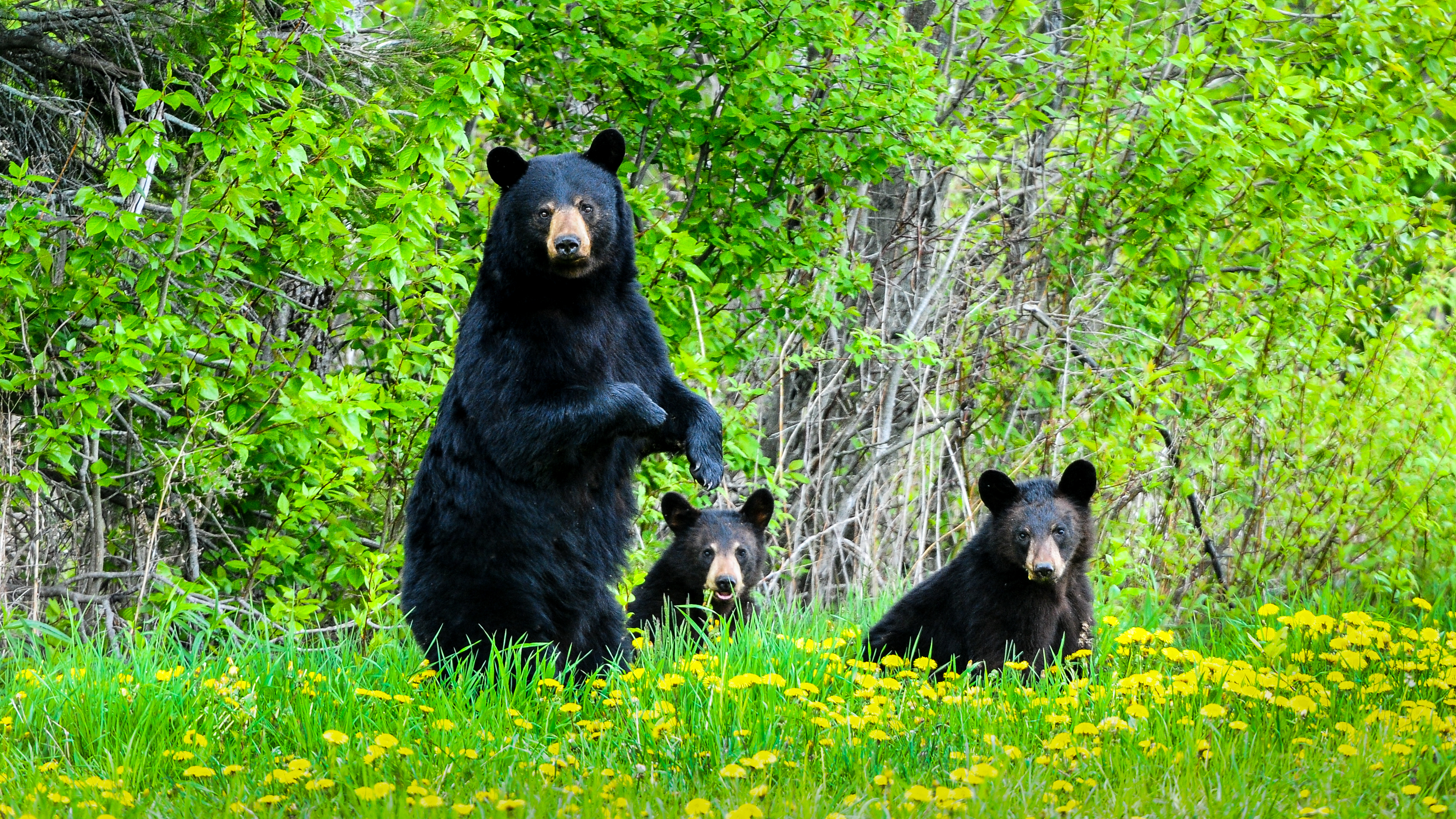
RESEARCH IN MAINE
Historically, Black Bears in Maine were not highly valued due to conflicts with agricultural pursuits. However, they are now considered one of our most precious of wildlife resources – a prized big game animal, as well as icon of the forest. The Department of Inland Fisheries & Wildlife devotes significant resources to their research and management. Maine has one of the longest running and intensive bear research programs in the country, beginning in 1975 and continuing to today with over 100 female bears continually equipped with radio collars. By following the radio signals emitted by these collars to their dens, we are able to count the number of cubs produced. Since cubs enter dens with their mother the following winter, we can also determine how many survive to yearlings by visiting the same adult female in her den the following year. This allows us to estimate recruitment (the number of bears entering the population to replace losses). We have been able to follow seven generations of bears and monitor their reproductive successes and failures for over 40 years.
The Department’s goal is to maintain a healthy bear population that is in balance with the food that the land can provide and minimize conflicts with people. This requires removal of a number of bears through hunter harvests each year in order to keep the population from increasing to unhealthy numbers and exceeding public acceptance of the negative consequences of an over abundant population. Hunters harvest nearly 3,000 bears in Maine each fall but the number of cubs born each winter currently supports a slowly increasing population. By balancing hunter harvests with recruitment we seek to maintain a stable and healthy situation for bears and the people who live in Maine.
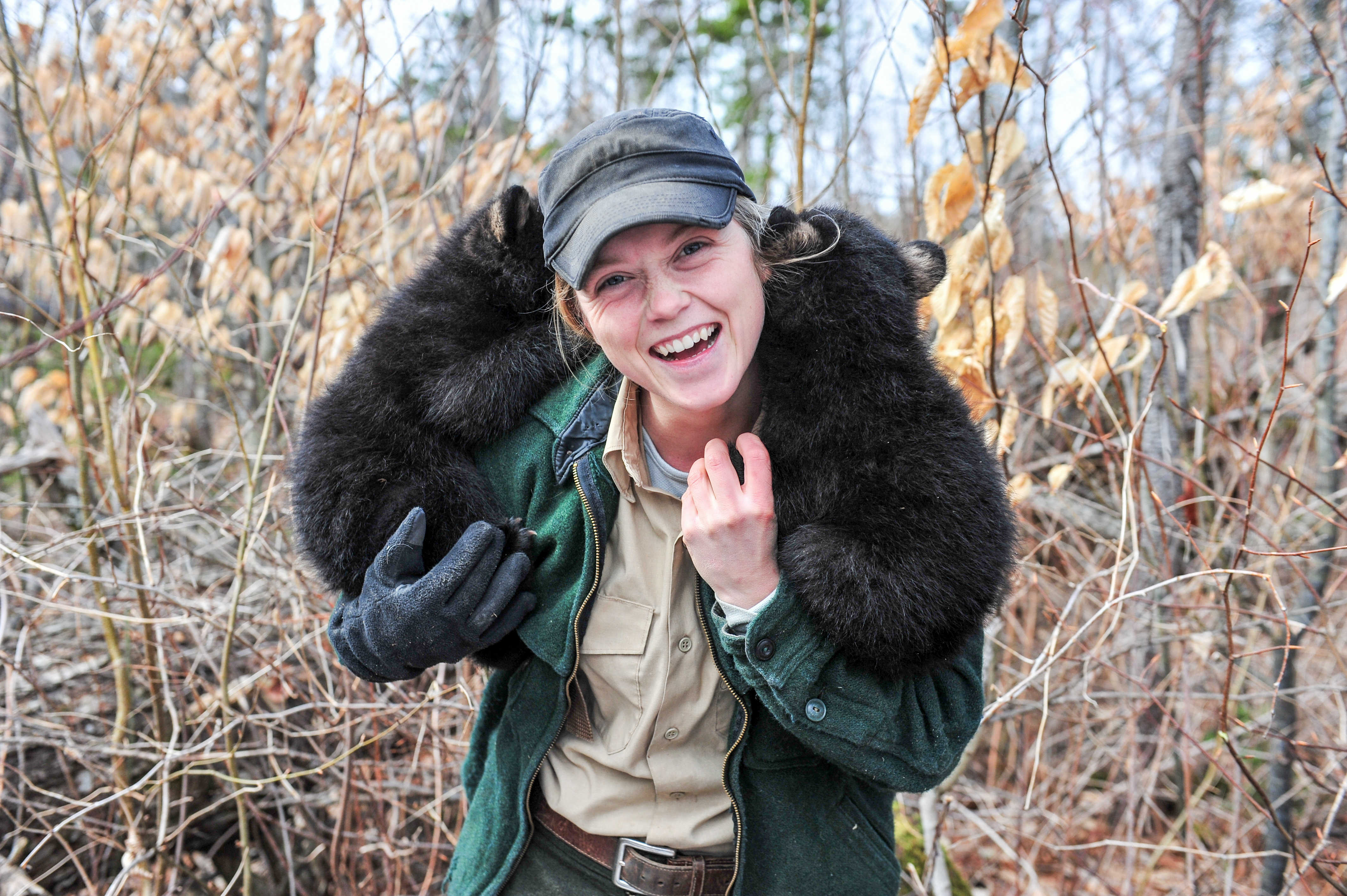
Conflicts
Bears are intensely focused on attaining high quality foods during their feeding season. It is essential to their survival. Humans provide many foods that are superior to what can be found in the bear’s natural habitat. This food comes in the form of agricultural crops and fruits, garbage, bird seed, beehives, pet and livestock feed and a variety of other sources. Across the country, this causes some bears to become habituated to people and the food that they provide. Inevitably, property damage and other losses along with the danger to people and their pets or livestock results in these bears being killed. In Maine, we are lucky that most of our bears live where very few people live and so, despite very high numbers of bears, we have relatively few and less severe conflicts compared to other states. This is slowly changing, however, as bears are gradually extending their range into more populated portions few people live and so, despite very high numbers of bears, we have relatively few and less severe conflicts compared to other states. This is slowly changing, however, as bears are gradually extending their range into more populated portions few people live and so, despite very high numbers of bears, we have relatively few and less severe conflicts compared to other states. This is slowly changing, however, as bears are gradually extending their range into more populated portions of the state. Much of the formerly cleared land has reverted to forest which is suitable to pioneering bears. People in these newly occupied areas must adjust their behavior to living with bears by avoiding inadvertently feeding them. How successfully people are able to adapt their ways will be critical to harmonious coexistence with bears in the future.
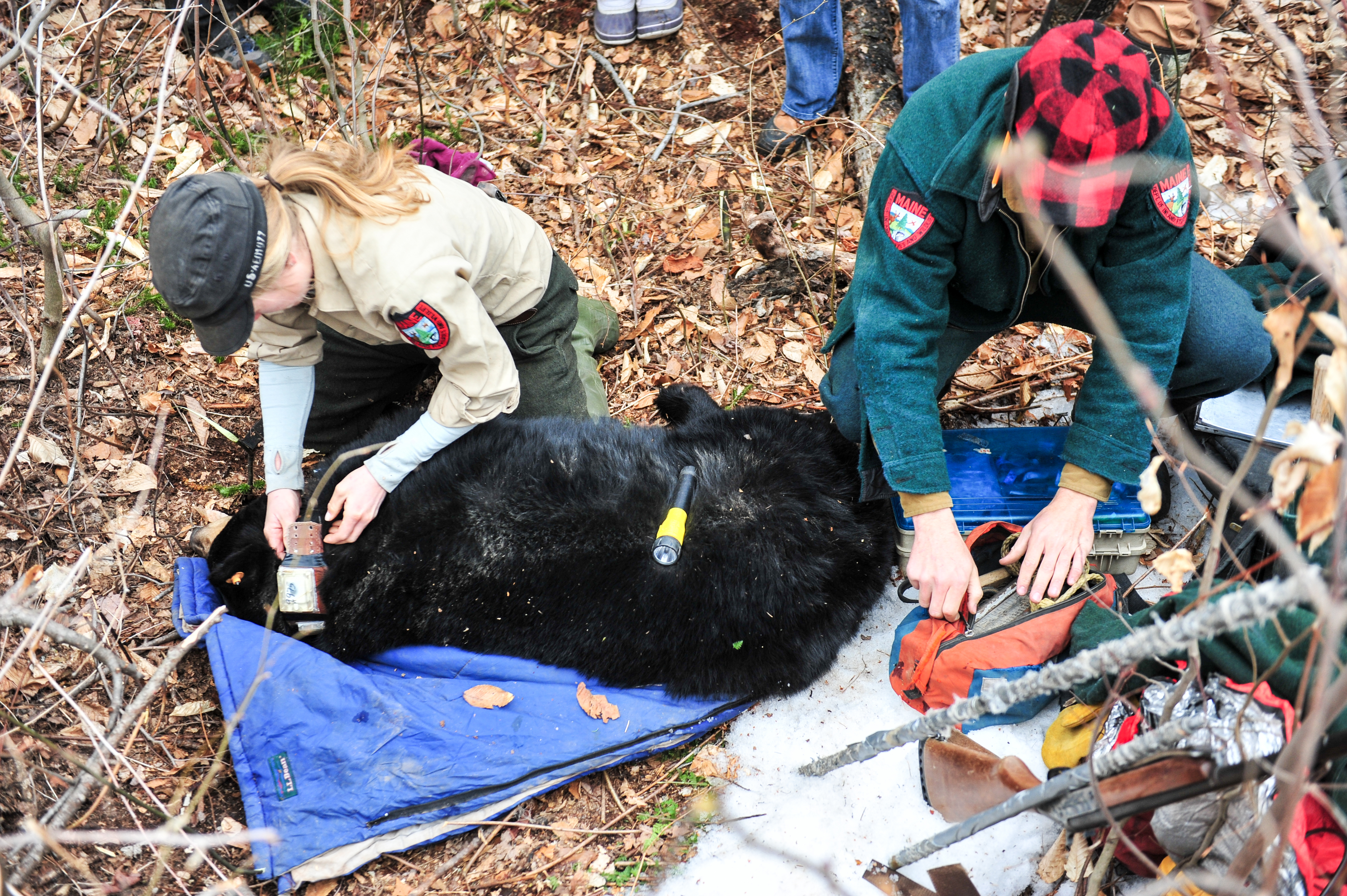
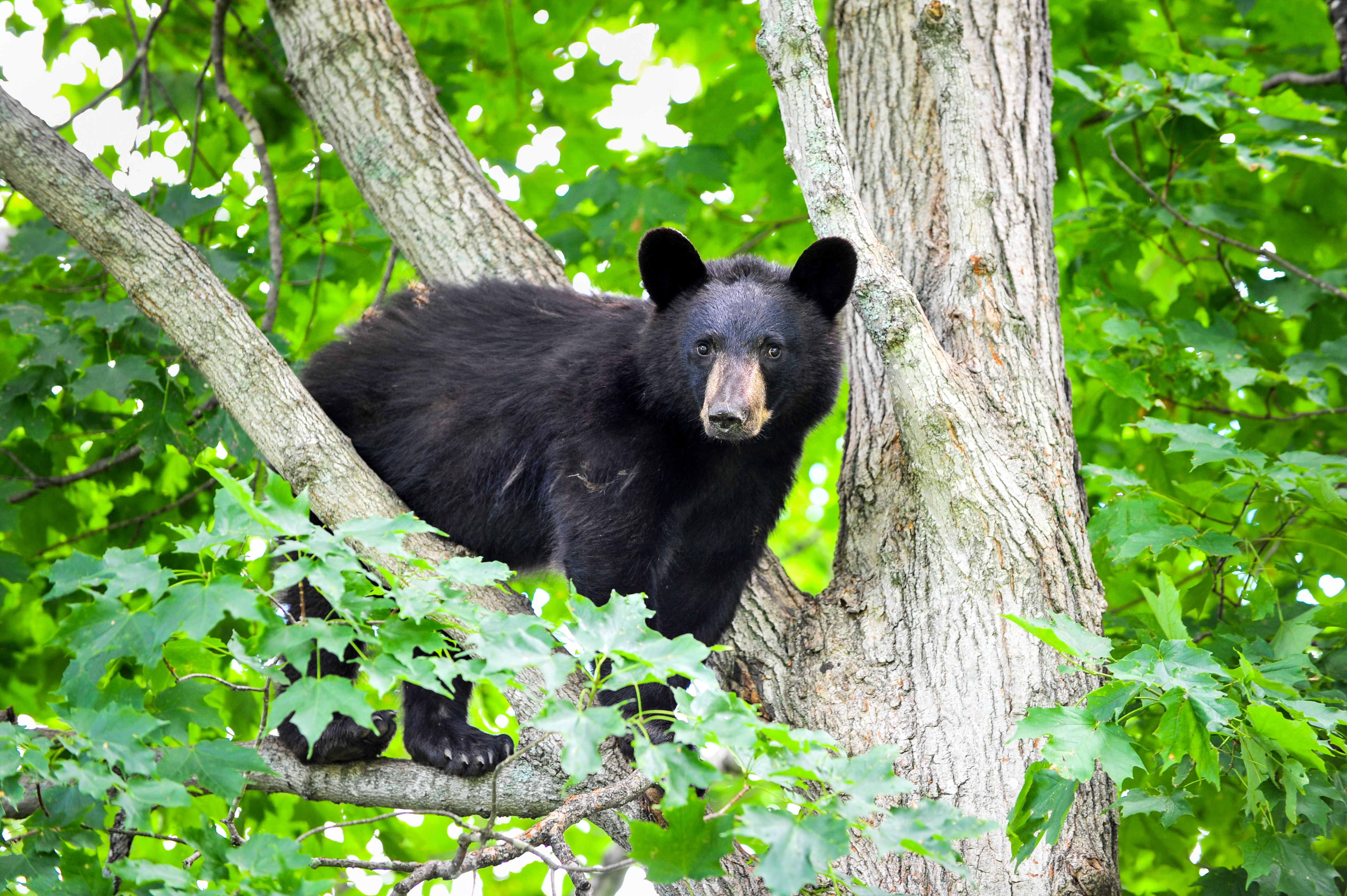
Randy Cross has studied Black Bears in the State of Maine for 38 years. Maine is the most northeastern state in the US and happens to be bisected by the 45th parallel (45 degrees North Latitude) which is halfway from the Equator to the North Pole, and has one of the largest Black Bear populations...
By Peter Hudson and Kaitlyn Baker | Photos by Peter Hudson
PT Aware 10 minutes read
ReadBy Dr. Noushad Ali | Photos by Dr. Noushad Ali
PT Explorers 10 Minutes read
ReadBy Dr. Jishnu R | Photos by Dr Jishnu R
PT Explorers 10 Minutes read
ReadEmail: email@pawstrails.com